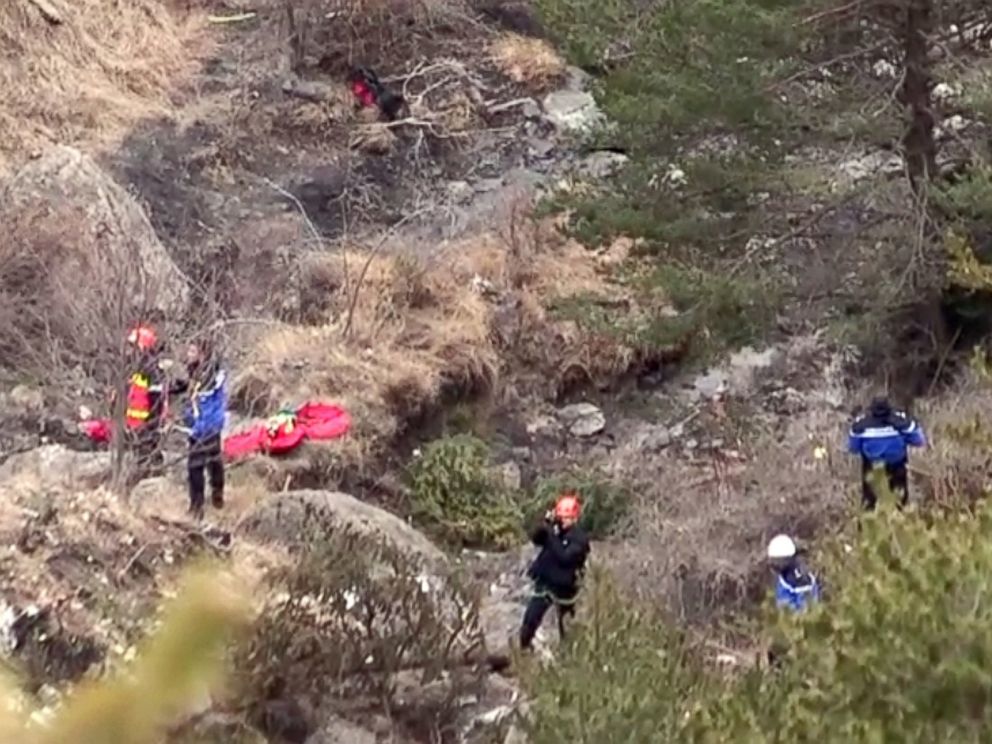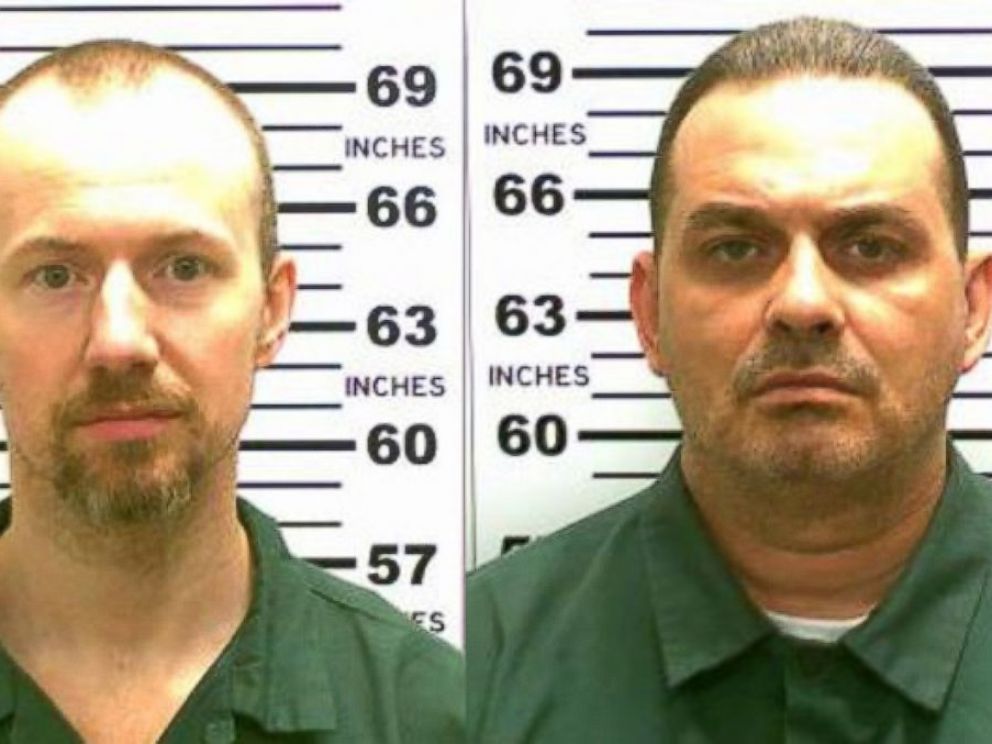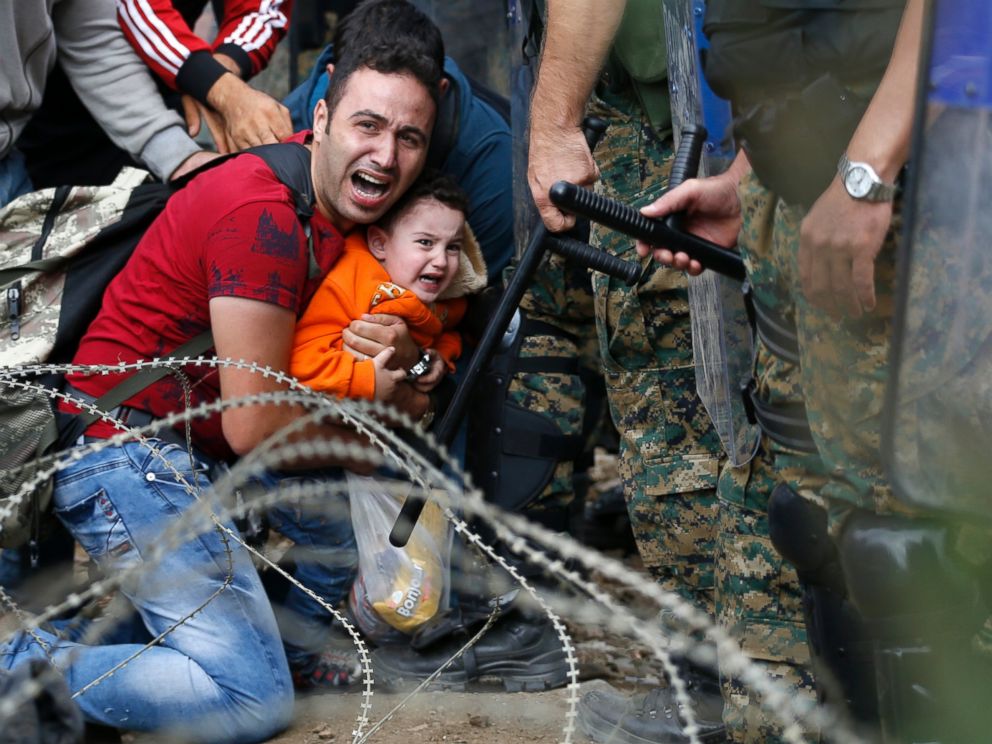Given the recent missile tests by Iran and North Korea, there is cause for attention, further, Russia is never out of the equation. Paying attention to offensive measures and completion dates is an indication of the Pentagon having clues, seeing violations of agreements and resolutions and adversarial military build up of advanced technology.
Pentagon Moves More Communications Gear into Cheyenne Mountain
The gear is being moved into Cheyenne Mountain to protect it from electromagnetic pulses, said Adm. William Gortney, commander of U.S. Northern Command and NORAD.
“[T]here is a lot of movement to put capability into Cheyenne Mountain and to be able to communicate in there,” Gortney said Tuesday during a news briefing at the Pentagon.
Electromagnetic pulses, or EMPs, can occur naturally or by manmade devices such as nuclear weapons. For years, the Pentagon has been working on building weapons that could fry the electronic equipment of an enemy during battle.
“Because of the very nature of the way that Cheyenne Mountain is built, it’s EMP-hardened,” Gortney said. “It wasn’t really designed to be that way, but the way it was constructed makes it that way.”
Being able to communicate during an EMP attack is important, Gortney said.
“My primary concern was: ‘Are we going to have the space inside the mountain for everybody that wants to move in there?’ … but we do have that capability,” he said.
Last week, the Pentagon awarded defense firm Raytheon a $700-million contract to install new equipment inside the mountain. The company said the contract, which runs through 2020, will “support threat warnings and assessments for the North American Aerospace Defense Command Cheyenne Mountain Complex.”
The Pentagon’s March 30 contract announcement said Raytheon will provide sustainment services and products supporting the Integrated Tactical Warning/Attack Assessment (ITW/AA) and Space Support Contract covered systems. “The program provides ITW/AA authorities accurate, timely and unambiguous warning and attack assessment of air, missile and space threats,” it said.
Since 2013, the Pentagon has awarded contracts worth more than $850 million for work related to Cheyenne Mountain.
The Colorado complex is the embodiment of the Cold War, an era when bunkers were built far and wide to protect people and infrastructure. Cheyenne Mountain was the mother of these fallout shelters, a command center buried deep to withstand a Soviet nuclear bombardment. The complex was locked down during the Sept. 11, 2001, attacks on New York and Washington.
Air Force Space Command runs the mountain and maintains sleeping quarters, fresh water and a power station that would be used during an attack.
Almost a decade ago, NORAD pulled most of its staff out of Cheyenne Mountain and moved its command center into the basement of a headquarters building at nearby Peterson Air Force Base. Since then, Cheyenne Mountain has served as a back-up site.
Now the Cheyenne Mountain staff is set to grow again. Still, the command center at Peterson will remain operational, Gortney said.
In June 2013, then-U.S. Defense Secretary Chuck Hagel gave a speech in front of the mammoth blastproof doors on the roadway leading into the mountain.
“These facilities and the entire complex of NORAD and NORTHCOM represent the nerve center of defense for North America,” he said at the time.
***
MissileThreat: The U.S. has no ballistic-missile early-warning radars or ground-based interceptors facing south and would be blind to a nuclear warhead orbited as a satellite from a southern trajectory. The missile defense plans were oriented during the Cold War for a northern strike from the Soviet Union, and they have not been adapted for the changing threats.
The Pentagon was wise to move Norad communications back into Cheyenne Mountain and to take measures elsewhere to survive an EMP attack. But how are the American people to survive? In the event of a yearlong nationwide blackout, tens of millions of Americans would perish from starvation and societal chaos, according to members of the Congressional EMP Commission, which published its last unclassified report in 2008.
Yet President Obama has not acted on the EMP Commission’s draft executive order to protect national infrastructure that is essential to provide for the common defense. Hardening the national electric grid would cost a few billion dollars, a trivial amount compared with the loss of electricity and lives following an EMP attack. The U.S. also should deploy one of its existing transportable radars in the Philippines to help the ground-based interceptors at California’s Vandenberg Air Force defend the country against an attack from the south.
Congress also has failed to act on the plans of its own EMP commission to protect the electric grid and other civilian infrastructure that depends on a viable electric grid—such as communications, transportation, banking—that are essential to the economy. In recent years, the GRID Act, the Shield Act, and the Critical Infrastructure Protection Act have gained bipartisan and even unanimous support in the House, yet they died in the Senate.
States are not waiting for Washington to act. Maine and Virginia have enacted legislation and undertaken serious studies to consider how to deal with an EMP attack. Florida’s governor and emergency manager are considering executive action to harden their portion of the grid. Colorado legislators are holding hearings on legislation to protect their citizens. Texas, North Carolina, South Carolina, Indiana, Idaho and New York have initiatives in various stages to deal with an EMP attack.














































